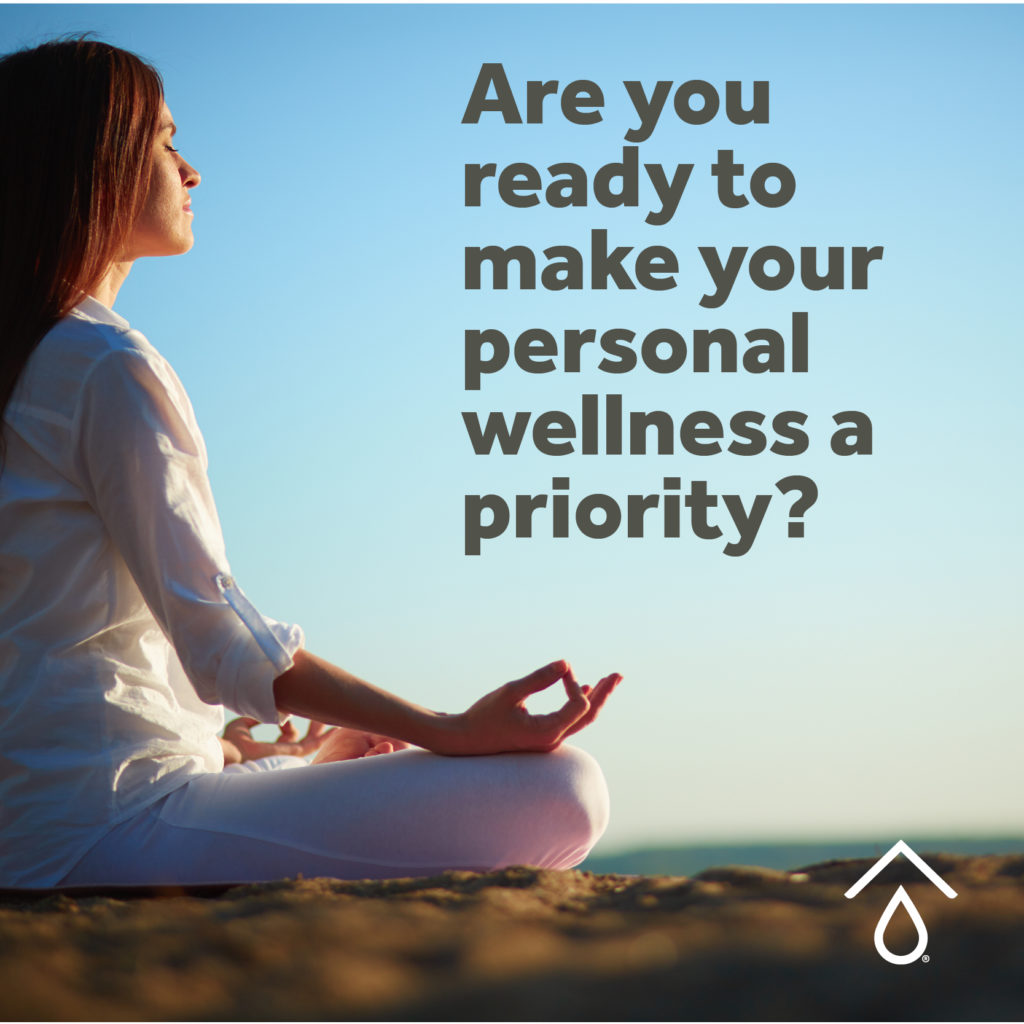
I love summer, and my kids love swimming pools. Swimming is the perfect activity – great exercise that gets them super tired. But I really, really hate chlorine. It is a dangerous chemical that can cause itchy skin, red eyes, and serious health problems. Chlorine exposure has been linked to asthma, cardiovascular disease, and cancer. And when chlorine mixes with ammonia (which happens when kids pee in the pool – ew!) it releases dangerous chloromine gases. All children (and adults) should try to avoid chlorine, especially children with autism and others who have chemical sensitivities. If your only swimming option is a chlorinated pool, here are some ways to reduce chlorine exposure.
Create A Barrier

The best way to reduce chlorine exposure is to create a barrier between your skin and the chlorine. There are numerous ways to do this.
Rinse Off Before Swimming
It might sounds weird, but it’s best to swim wet. Thoroughly wetting the hair and body before swimming actually helps protect against chlorine absorption.
Swimwear
Cover as much as you can. Swim shirts are a good idea (and also many offer UV protection). Goggles will help prevent chlorine from irritating the eyes. And, if you can get your kids to wear them, swim caps are a great way to protect the hair and scalp.
Oil Up
Rub coconut oil all over your body to create a protective, water resistant layer between chlorine and your skin. Don’t forget your hair – or your lips! Bonus: coconut oil can provide some natural sun protection as well (though it is not enough on its own – but check out this post for safe sunscreen choices).
Supplement

Protecting your body inside is as important as the outside. Supplements can be helpful to everyone. Though the main source of nutrients should be diet, we usually don’t get enough of what we need from diet alone. So supplements are a good compliment. There are some that are particularly helpful in reducing the effects of chlorine on the body.
Vitamin C
Vitamin C not only neutralizes chlorine, but it also helps your body repair the damage from chlorine exposure. It does not stay in your body very long, so it is best to take in divided doses throughout the day (check with your health care practitioner for a recommended dose, but for those who swim a lot the dose will be much higher than the usual RDA).
Taurine
I have a friend who says “Taurine for chlorine!” (so it’s very easy to remember). Taurine is an amino acid that can bind to chlorine and remove it from your system. It will stay in your system about 48 hours. So you can take a capsule of Taurine in the morning before going for a swim for maximum effectiveness.
Other Supplements
Again, check with your health care practitioner, but other supplements such as Vitamin E and Vitamin D can be helpful in supporting your body’s functioning at optimal levels to minimize chlorine’s affects. Iodine can also be helpful in protecting the thyroid, which can be destroyed by chlorine.
It is also a good idea to drink plenty of water, with a little lemon and sea salt. This will not only keep you hydrated, but will re-alkalize the body and help replace lost minerals and electrolytes.
Detox

As soon as you are done swimming, you will want to get rid of the chlorine. Acting quickly before chlorine has a chance to really get absorbed to is the best way to reduce chlorine exposure.
Wash Off Right Away
Most people skip the after-swim rinse, but it is a good way to quickly remove any surface contaminants. This is not enough on its own, but it’s good to wash away what you can immediately.
Spray Chlorine Away
Vitamin C works both internally and topically to neutralize chlorine. So immediately after swimming and rinsing, spray some vitamin C spray all over your body and hair to neutralize the chlorine. Then, shower normally (or rinse off again if you are still at the pool). The best product I’ve found to remove chlorine without chemicals is SwimSpray. Invented by a swimmer/chemist, it is made of only water and several forms of vitamin C, and is very effective. Or you can make your own after-swim spray by mixing a few tablespoons of vitamin C powder into a few cups of water. (Please note – you should make this the same day, as it will break down and lose effectiveness after about 24 hours. Also, it is best in a dark colored glass spray bottle – sunlight can also break down the mixture and plastic can leach into it).
Chlorine Absorbers
Once you get home, you should bath as soon as possible. To make a detoxing bath, add 1/2-2 cups Epsom salt (think about 1/2 cup for every 50 lbs of body weight). Add in a 1/2 tsp of vitamin C powder to make it super effective. To make it super relaxing, add a few drops of lavender (or your favorite) essential oil – add the oil to the Epsom so it gets absorbed and isn’t floating on top of the bath water.
For your hair, as I featured in my monthly newsletter, make a mixture of baking soda and water (about 1 tablespoon baking soda per cup of water). Massage into your hair to absorb any remaining chlorine, rinse out, and then shampoo as usual.
This would be a whole separate post, but you’ll want to make sure that the water you are using at home is filtered or otherwise free-of chlorine and chloramines. No sense washing chlorine off with chlorinated water!

Even if you only do a few of these, you will greatly reduce chlorine exposure and protect yourself inside and out. For more safe summer fun, check out my favorite Nontoxic Summer Essentials.

 My autism journey has changed the way I live and care for my family. I am passionate about nontoxic products, natural remedies, grain-free nutrition, essential oils, and healing the symptoms known as autism. This is a space for anyone aspiring toward cleaner, healthier living.
XO Joanna
My autism journey has changed the way I live and care for my family. I am passionate about nontoxic products, natural remedies, grain-free nutrition, essential oils, and healing the symptoms known as autism. This is a space for anyone aspiring toward cleaner, healthier living.
XO Joanna





